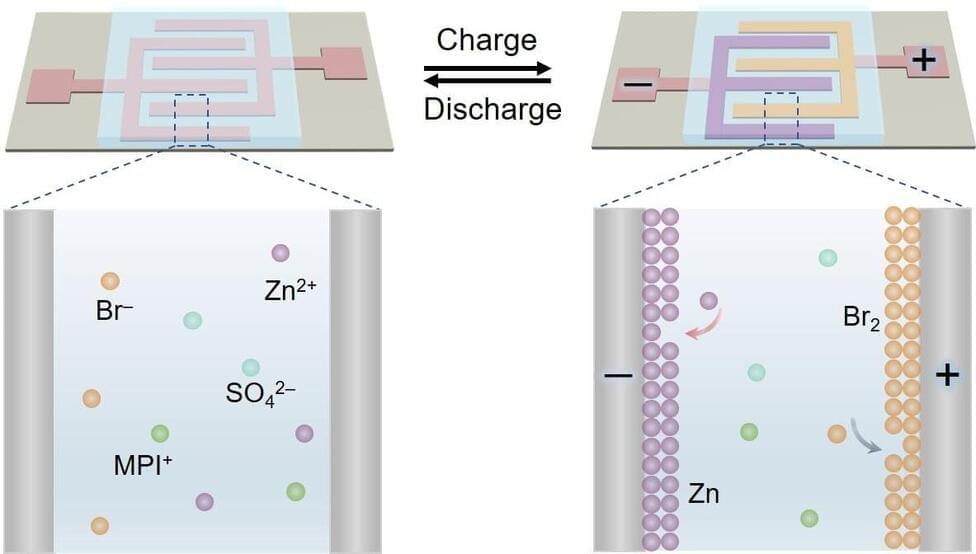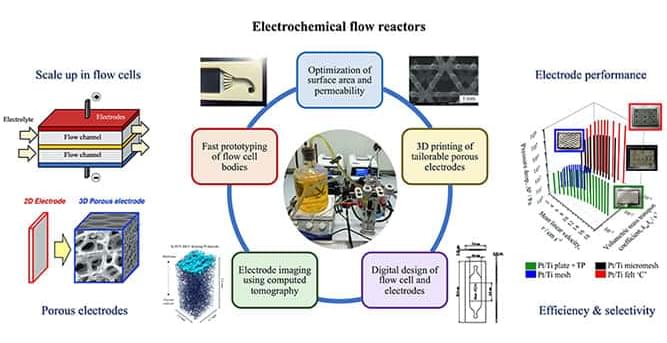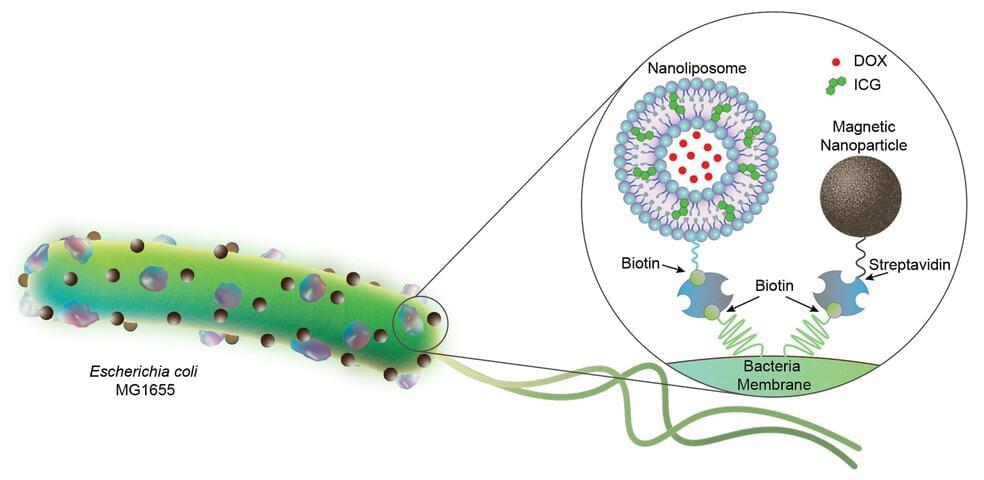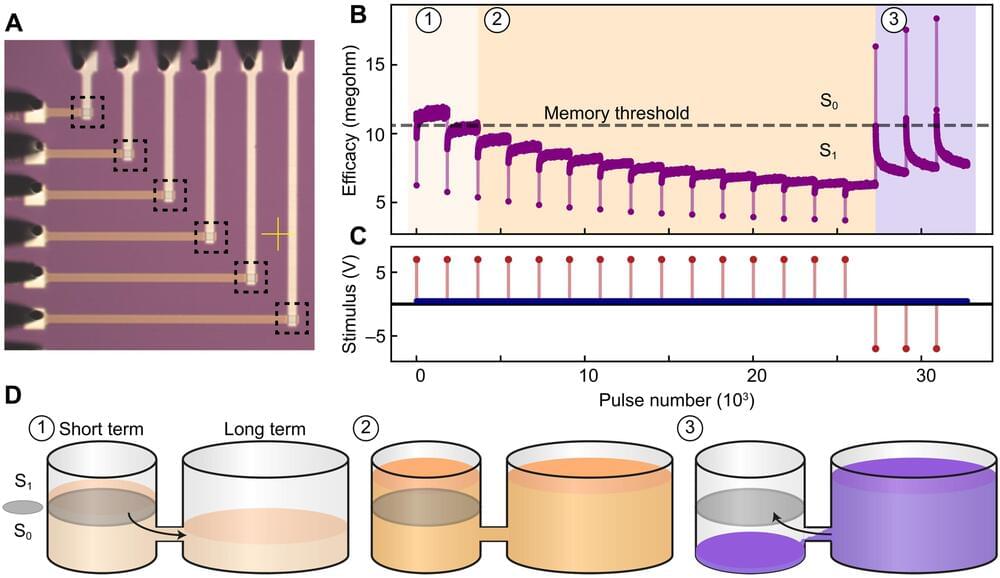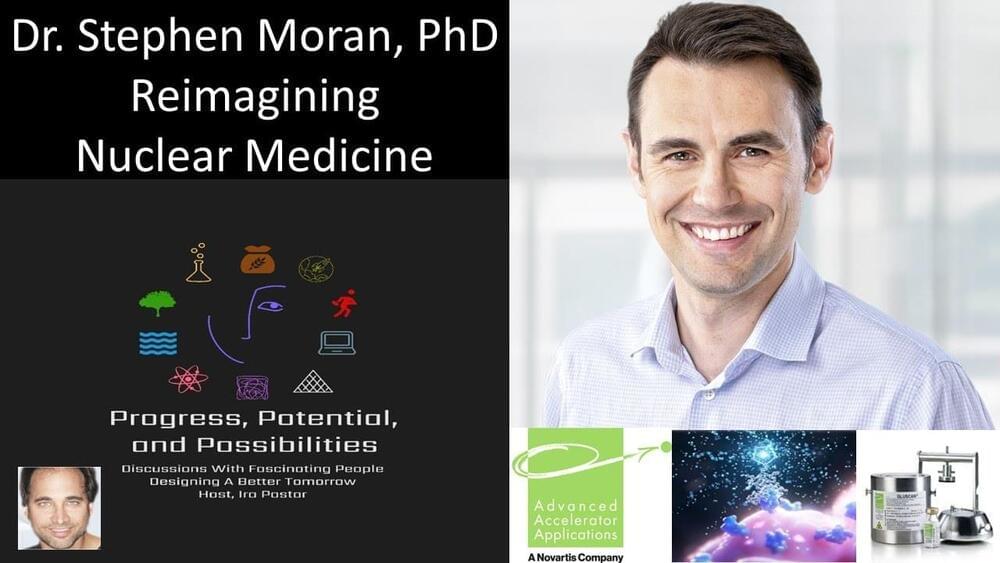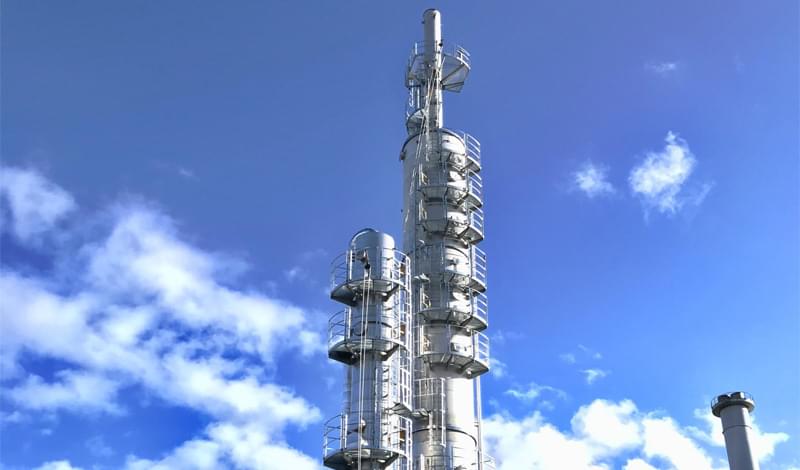Jul 16, 2022
Researchers propose dual-plating strategy to rapidly construct microbatteries
Posted by Saúl Morales Rodriguéz in categories: biotech/medical, chemistry, internet
High-performance, micro-sized electrochemical energy storage devices are essential for future miniaturized electronic devices, such as smart medical implants, wireless sensors, and the Internet of Things. Microbatteries (MBs) typically show higher energy density and more stable voltage output than micro-supercapacitors.
However, current MBs involve tedious construction procedures and unsatisfactory electrochemical performance. In addition, no methods exist to construct or manipulate a liquid microelectrode.
A joint research team led by Prof. Qu Liangti from Tsinghua University, Prof. Zhang Zhipan from the Beijing Institute of Technology, and Prof. Liu Feng from the Institute of Mechanics of the Chinese Academy of Sciences (IMCAS) recently proposed a dual-plating strategy to rapidly construct new zinc–bromine microbatteries (Zn–Br2 MBs) with ultrahigh areal energy density and polarity-switchable functionality.
